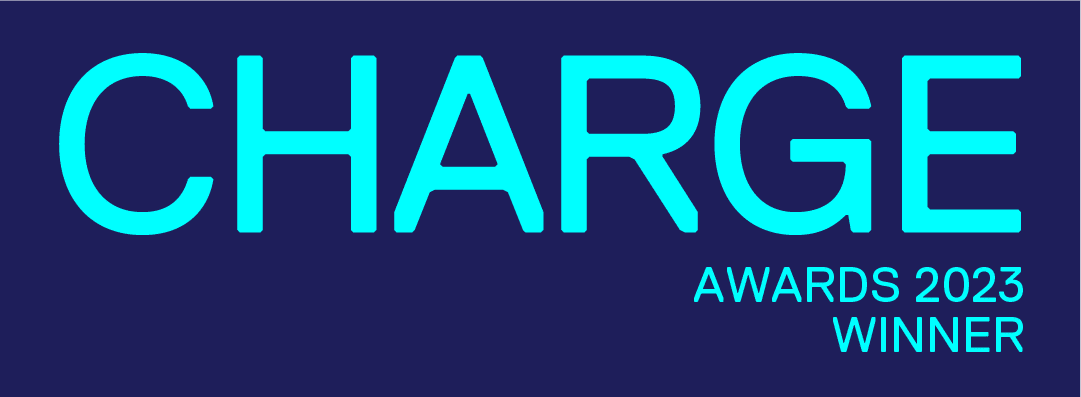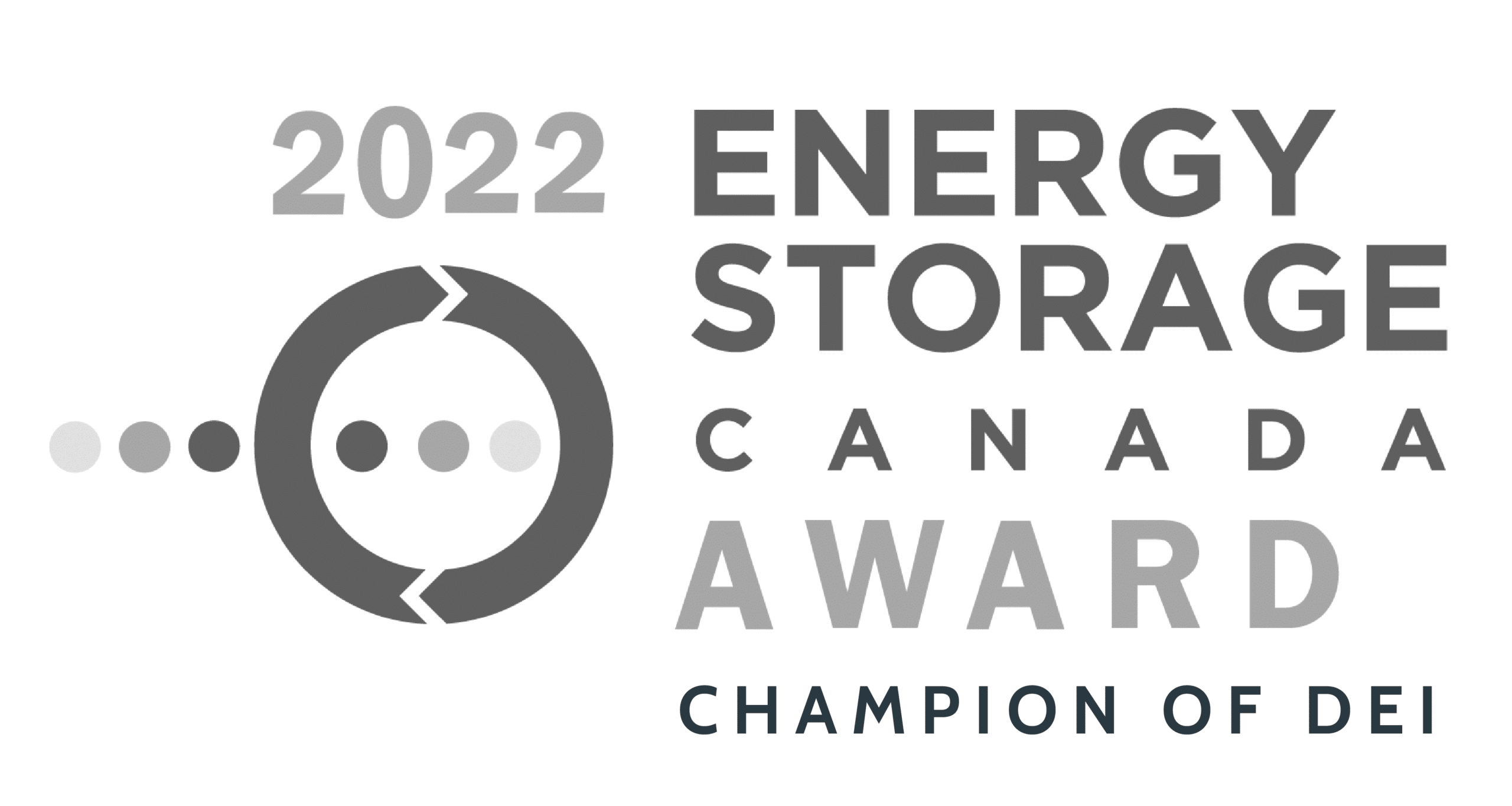At Peak Power, we’re focused on solutions that provide both economic and environmental benefits. Implementing Peak Shaving strategies can be one of the best ways to start your journey toward reductions of Scope 2 emissions and energy costs.
Prefer to listen to a podcast? Listen Here to the Tangent Proptech podcast with our CSO, Imran Noorani, about the future of commercial real estate and how they can leverage the clean energy revolution to their advantage.
What is Peak Shaving?
But first, let’s dive into what peak shaving is.
Energy consumption in most industrial and commercial buildings varies through distinct peaks and troughs. Utility providers usually have to devise ways to meet this fluctuating demand effectively. Fluctuating energy demands are particularly difficult for grid operators to manage considering they need to design–and pass costs on to consumers for–infrastructure to precisely meet periods of peak demand.
We’ll use our highway analogy to illustrate this. It’s like building a 14-lane highway to accommodate traffic that might only happen a few days a year. Because, well, because blackouts and brownouts are not acceptable in a modern society. As a result, commercial and industrial facilities pay more for power usage during peak demand hours–it’s ultimately based on how much they contributed to those periods of peak demand.
So how can industrial or commercial facilities reduce utility bills by reducing peak demand charges without hurting operations? Players in the energy industry have developed incentives to encourage these facilities to reduce power usage during peak demand hours. Additionally, drawing less grid power when its production is dirtiest ensures that industries manage their Scope 2 emissions.
Peak shaving is one of the best ways heavy consumers can benefit from the way energy markets operate in today’s world.
Peak shaving is the reduction in the amount of energy purchased during peak demand periods to reduce demand charges on utility bills. To better understand peak shaving, let’s look at how utility companies structure electricity bills for large users. Utility bills for industrial and commercial facilities come in two parts:
- Energy consumption charges cover the total primary energy charges for a billing period measured in kWh.
- Demand charges measure the energy consumption rate. Utilities charge commercial & industrial consumers a certain amount per kW of demand over the billing period.
Peak Shaving Strategies
Commercial buildings and industrial facilities can implement these peak shaving strategies to avoid demand charges and cut Scope 2 emissions:
Peak Shaving With Battery Storage
The basic concept behind peak shaving with battery storage is pretty straightforward:
- You charge battery storage systems when energy rates are at their lowest, when the grid is the cleanest, or by using sited generation assets like rooftop solar
- You then use stored power to run your operations during peak hours to avoid paying demand charges
Battery storage systems allow buildings to cut utility bills without disrupting everyday operations. Other advantages of peak shaving with battery storage are AI solutions that can manage battery charging and discharge without human intervention. This type of software can also allow systems to alternate between the main power and the stored energy as the utility prices fluctuate by the hour.
Peak Shaving by Installing Solar Panels
Large customers can generate solar power on-site to reduce reliance on the electrical grid or to charge battery systems. This approach is so popular that it has affected the peak demand hours in some states.
Peak demand is not necessarily happening during the sunniest hours of the day–when sited solar production is at its highest–but in the early evening when less solar energy is being generated by privately-owned solar systems.
But, you can store a portion of generated solar power in battery systems for use during those peak times.
Peak Shaving With Solar Power and Battery Storage
Combining solar and onsite Battery Energy Storage Systems (BESS) ensures that industrial facilities and commercial buildings enjoy the highest power shaving benefits. Here is how it works:
- You can charge your battery storage system during the day from the solar PV panels, which makes it very cheap and gives you clean energy.
- Depending on your storage capacity, you can switch to whichever supply is cheapest during peak demand hours or at night.
You will only have to rely on the utility grid when the sun doesn’t shine or after exhausting your storage. Additionally, you don’t have to manage this system actively. With proper configuration, software can regulate energy consumption to lower utility bills as much as possible.
Let’s explore energy incentives for industrial and commercial facilities by players in regions where Peak Power has a considerable presence.
Ontario
In Ontario, facilities that participate in the Industrial Conservation Initiative (ICI) pay a Global Adjustment (GA) fee according to their contribution to the top five peak hours of energy use. Commercial buildings and industrial facilities participating in this initiative are class A customers.
Class A customers can track and reduce their energy consumption during the top five peak hours to lower utility bills. The IESO publishes information and provides tools for customers to track ICI Ontario demand values and identify the top five peak hours. Although, without software, signals, and proper notifications this can be labour-intensive to manage.
Class A facilities that want to participate in the Industrial Conservation Initiative may ‘opt in’ from 1st May to 15th June each year. They must meet at least one of the following requirements:
- More than 500kW average monthly peak demand if their North American Industry Classification System code starts with 31, 32, 33, or 1114.
- Average monthly peak demand of more than 1000kW regardless of their North American Industry Classification System code,
Consumers who do not meet the eligibility threshold can deploy temporary load-backs to raise their average monthly peak demand above 500kW. On the other hand, customers with over 5MW average monthly peak demand are automatically class A members. However, they may opt out in the following registration period.
New York
In New York, the New York Independent System Operator (NYISO) runs a Demand Response incentive to ensure enough generating capacity to meet peak demand and maintain the long-term reliability of the power grid. It requires participants to reduce consumption during NYISO-defined periods. This refers to producing electricity, load reduction, or using stored power to avoid overloading the grid.
Similar to Global Adjustment in Ontario, large energy consumers in New York State pay for the “Installed capacity” or “ICAP” based on the single highest peak demand hour on the NYISO grid, whenever it occurs during the year. Customers on fixed-price contracts pay for this charge in their rates. Facilities that reduce their peak power consumption through peak shaving can significantly reduce this charge, cutting electricity costs by up to 30%.
Massachusetts
Massachusetts has several State, Federal, and Utility energy initiatives and programs that facilities can adapt to manage energy bills. Like New York, ISO New England’s (ISO-NE) Installed Capacity Market (ICAP) is an initiative to ensure electricity supply meets the market demand. Facilities that use more electricity during demand peaks pay more in ICAP charges.
ISO-NE also runs Demand Resources- and Price-Responsive Demand Programs. A demand resource is anything–strategy, practice, software, equipment–that reduces electrical demand during peak hours or ISO-defined periods.
Massachusetts Clean Peak Energy Standard rewards renewable energy generation and storage systems that reduce grid utility usage during peak demand. Clean Peak Resources (CPRs) that reduce consumption or supply power back to the grid during peak demand periods earn Clean Peak Energy Certificates (CPECs). Retail utility suppliers buy CPECs to prove clean energy production during peak demand periods.
California
In California, buildings and distributed energy resources that participate in demand response programs are categorized into two types: Proxy Demand Response (PDR) and Reliability Demand Response Resource (RDRR).
Proxy Demand Response is a way for companies to sell their electricity savings directly to CAISO’s wholesale market without going through an intermediary. Proxy Demand Resource – Load Shift Resource (PDR-LSR) allows storage resources to bid decreases and increases in load.
Reliability Demand Response Resource enlists large energy users to reduce their electricity usage during times of emergency. The program is only triggered during emergencies, and participation is limited to certain types of demand response programs approved by the CPUC (California Public Utilities Commission).
Takeaway
Peak shaving can help you considerably reduce reliance on the utility grid to avoid peak demand charges. Levelling your demand curve is essential to managing energy consumption and Scope 2 emissions. It can be so important to C&I customers to develop a peak shaving strategy that combines the many generous incentives available to cover its initial and operating costs.
We know that the energy incentives available in each market can be tough to navigate. So we’ve put together informative Guides to Energy Incentives available in each market. Download your New York Guide here or your Massachusetts Guide here.
Contact us for more information about implementing a peak shaving strategy. We’ll help you determine the feasibility of your options.





